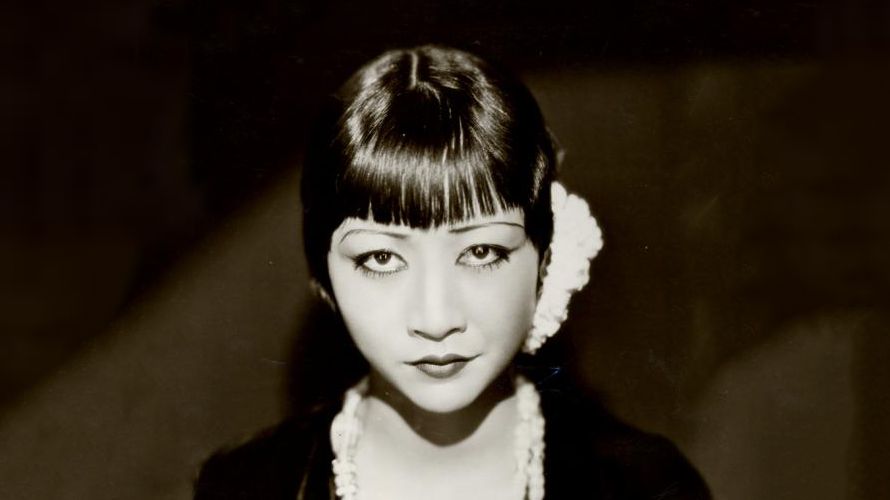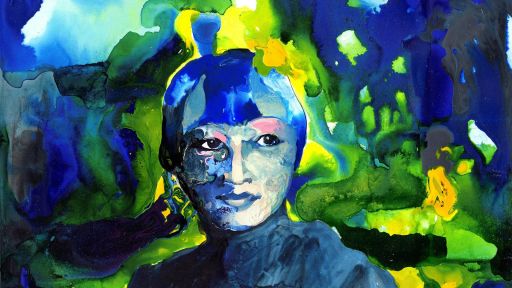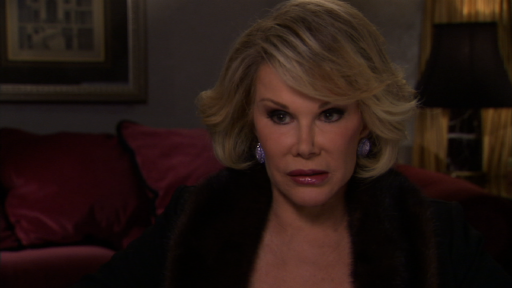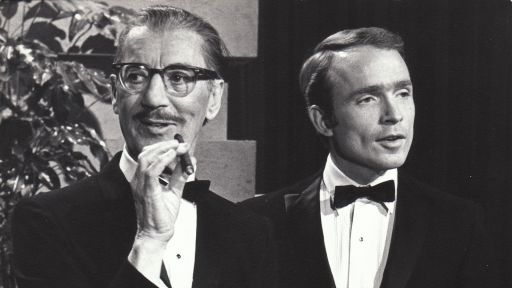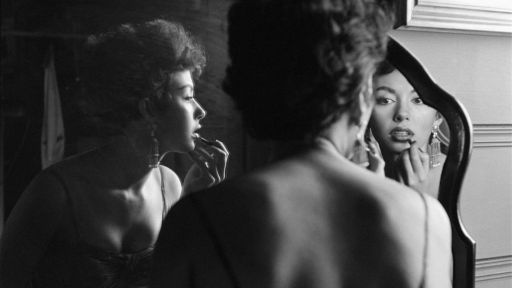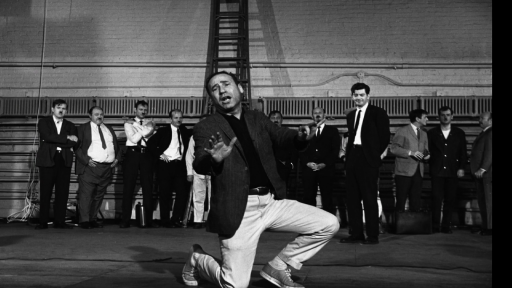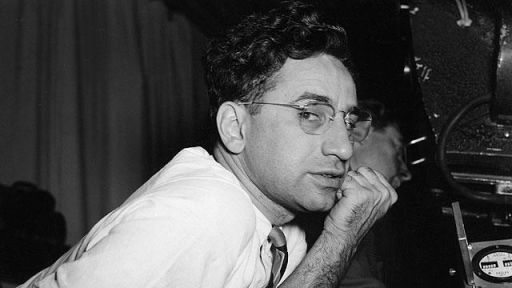Read an exclusive excerpt from “Not Your China Doll,” Katie Gee Salisbury’s debut book about the life of movie star, personality and fashion icon, Anna May Wong.
On North Figueroa Street in Downtown Los Angeles, six miles from Hollywood but seemingly a world away, a little girl named Anna began to notice something happening.
Something exciting. Normally, she spent her days at the Chinese Mission School or helping out in her dad’s laundry, but recently, on her way home from school and in between deliveries to customers, she’d been glimpsing people in strange clothing playacting for some kind of crank-operated machine in the streets of Chinatown. Her attention to her classwork and responsibilities at the laundry soon gave way to a growing obsession. Anna started playing hooky from her after-school Chinese lessons, knowing full well she’d earn herself a whipping from her teacher and later one from her dad.
Like the boys who scaled telephone poles and clambered over fences to watch the movie people at work, she, too, became a regular onlooker. “I would worm my way through the crowd and get as close to the cameras as I dared,” she recalled years later. “I’d stare and stare at these glamorous individuals, directors, cameramen, assistants, and actors in grease- paint, who had come down to our section of town to make movies.”
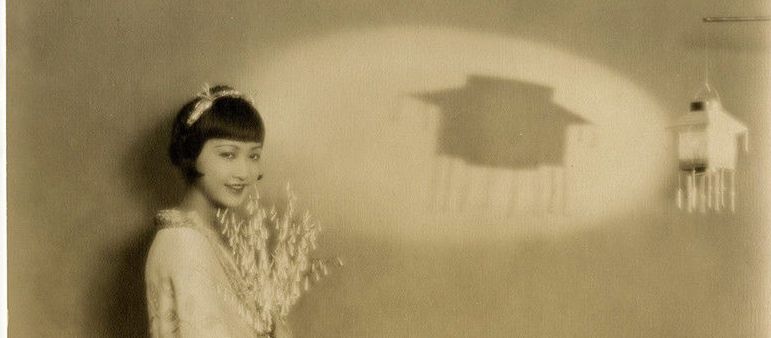
Portrait of American actress Anna May Wong by American photographer Albert Witzel (Witzel Studios, L.A.) c. 1922
The first picture star she ever saw was forever burned into her brain: Mae Murray. In rags.
That’s right, the same Mae Murray of Ziegfeld Follies fame who starred in films alongside heartthrobs like Rudolph Valentino and John Gilbert. “I was surprised and greatly disappointed to see such a famous person as Mae Murray, ragged and dirty,” Anna later admitted. This being her introductory brush with a movie actress in the flesh, Anna hadn’t yet realized the tattered getup was just an act for the cameras. But it led to a formative conclusion. “So this was the way a movie star really looked! I was quite disgusted. We children talked about it for days. Yet my first ambition to become a film actress myself was born at this time. Perhaps I thought I’d show Miss Murray how a movie star should dress.”
In no time at all, she became known around sets in Chinatown as the Curious Chinese Child, for she was either observing the crew’s every move in stoic silence or alternatively prodding them with countless questions about how it all worked. Now every spare nickel or dime, whether it was lunch money or the tips she earned delivering laundry, went toward the run-down nickelodeon in the Plaza or the theaters on Main Street. She cocooned herself inside the dark theater and stayed long enough to watch the reels play from beginning to end several times. The black- and- white frames beamed across the room, all Anna’s synapses firing as she studied her idols Ruth Roland and Pearl White.
Determined to prove her chops as an actress, Anna often raced home from the movies to reenact the dramas she’d just watched.
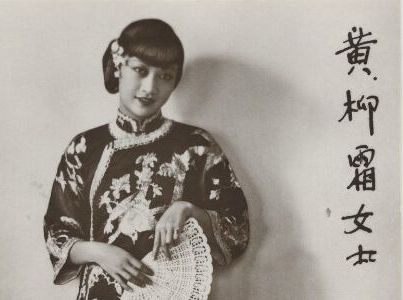
Anna May Wong, by Atelier Jacobi. Bromide postcard print, late 1920s, NPG © National Portrait Gallery, London.
She started out with a set of tiny dolls she received for Christmas one year and, using her bed as a stage, orchestrated their every word and movement. Once her brother was old enough, she pressed him into service for her homegrown repertory theater. They got through two of Anna’s invented dramas before he refused to submit to any more playacting. Anna wasn’t fazed in the least; she simply graduated to acting out her movie scenarios in front of the vanity mirror. “I would register contempt, shame, reproach, joy, and anger. I would be the pure girl repulsing the evil suitor, the young mother pleading for her baby, the vampire luring her victim.” She was building up her reserve of stock expressions and histrionic outbursts, a repertoire of emotions she could call forth at the drop of a hat. This skill set would serve her well in the years to come.
Little Anna, ambitious though she was, had yet to envision the various forms she would later inhabit: a lovelorn Chinese maiden spurned by her American lover; a duplicitous Mongol slave held at knifepoint by an Arabian thief; a cunning and sinuous nightclub dancer in London’s Piccadilly Circus; the loyal and murderous daughter of the supervillain Dr. Fu Manchu; a hard- edged courtesan who saves the day on the Shanghai Express; and finally, a Chinatown girl who makes good with her community. As an actress, she could live a thousand different lives. Just the thought of the possibilities was thrilling.
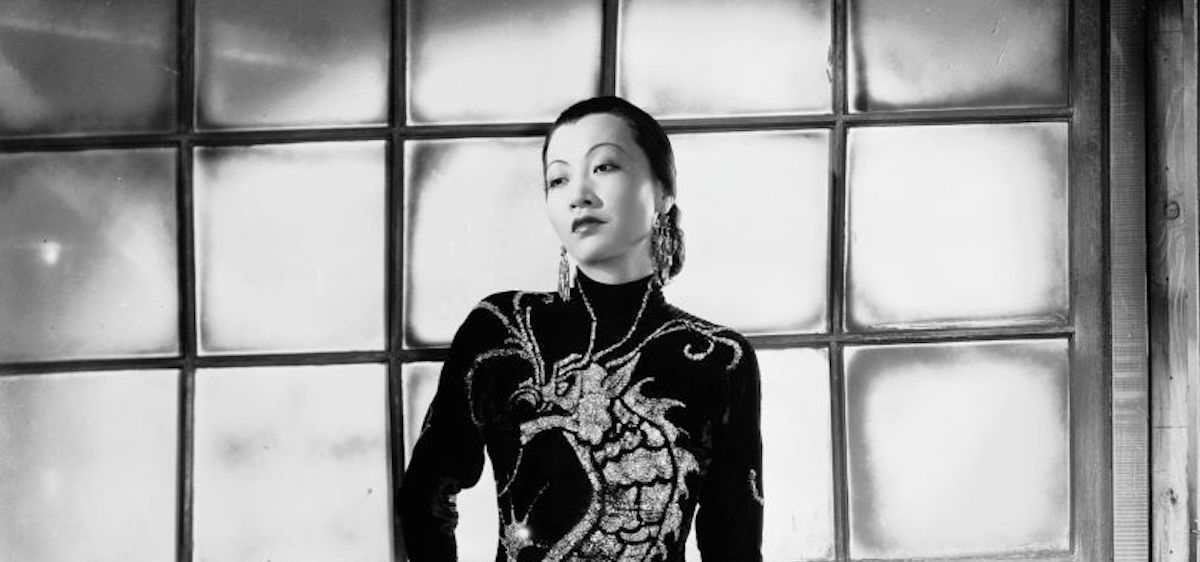
Anna May Wong, “Limehouse Blues” (1934), wearing a reintepretation of the Chinese cheongsam designed by Travis Banton.
One afternoon, while playacting for the mirror, she worked up to doing a crying scene. Can you imagine it? A twelve-year-old girl, in the family living quarters above her father’s laundry, sobbing her heart out over her dead lover or some such tragedy? That’s when her mother walked in. “She must have been amazed to see me,” Anna recounted, “with tears streaming down my face, clutching a bit of lingerie to my bosom.”
Peculiar as this spectacle must have seemed, Anna’s mother knew instinctively not to intrude on the world that had been constructed inside the looking glass. Instead, she quit the room without uttering a single word, leaving her daughter’s performance intact. She did not know it then, though perhaps it was her earliest gleaning, but someday her daughter was going to be a movie star.
From NOT YOUR CHINA DOLL: The Wild and Shimmering Life of Anna May Wong by Katie Gee Salisbury, published by Dutton, a division of Penguin Random House, LLC. Copyright © 2024 by Katherine A. Salisbury. Available for pre-order.

